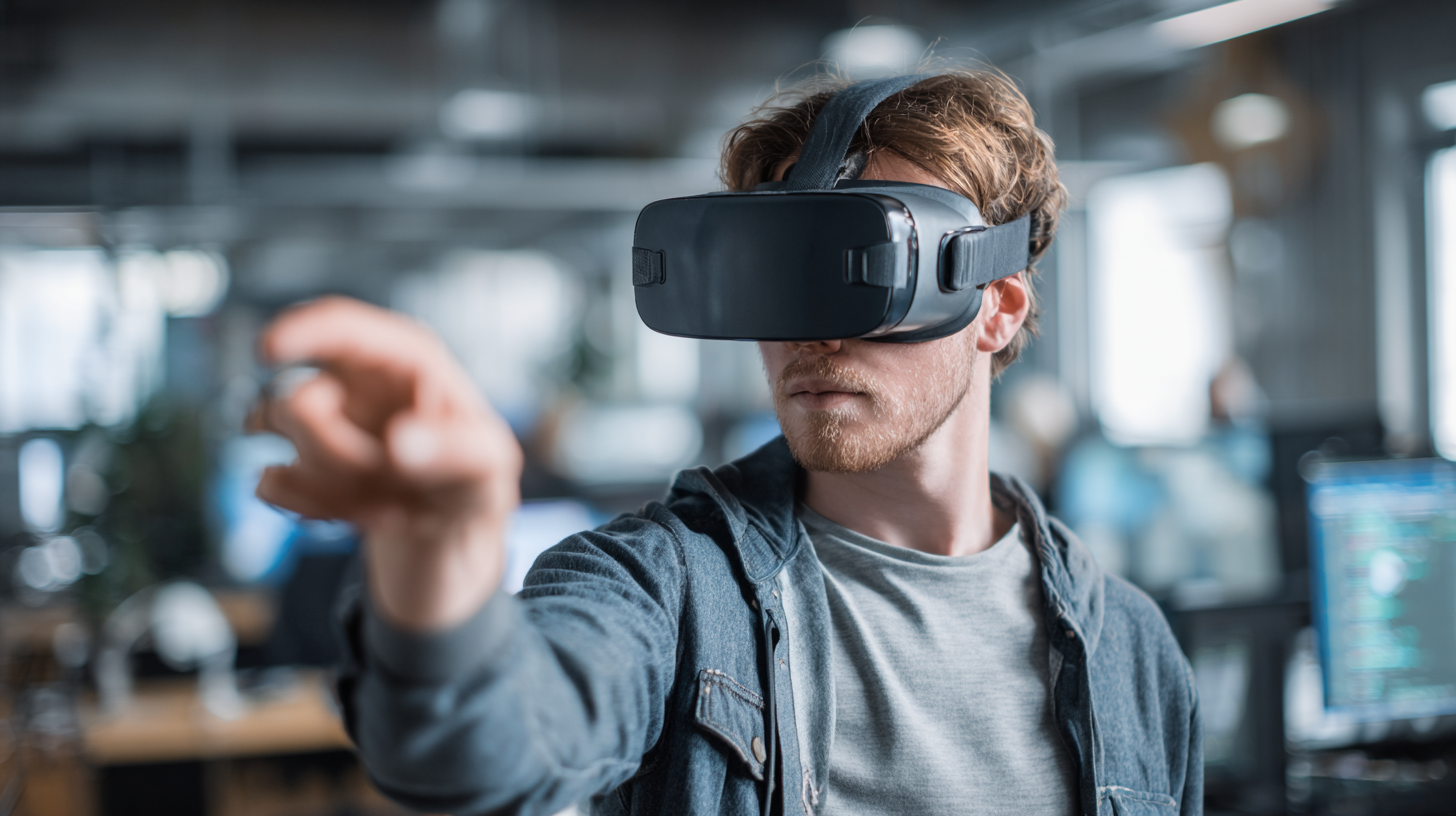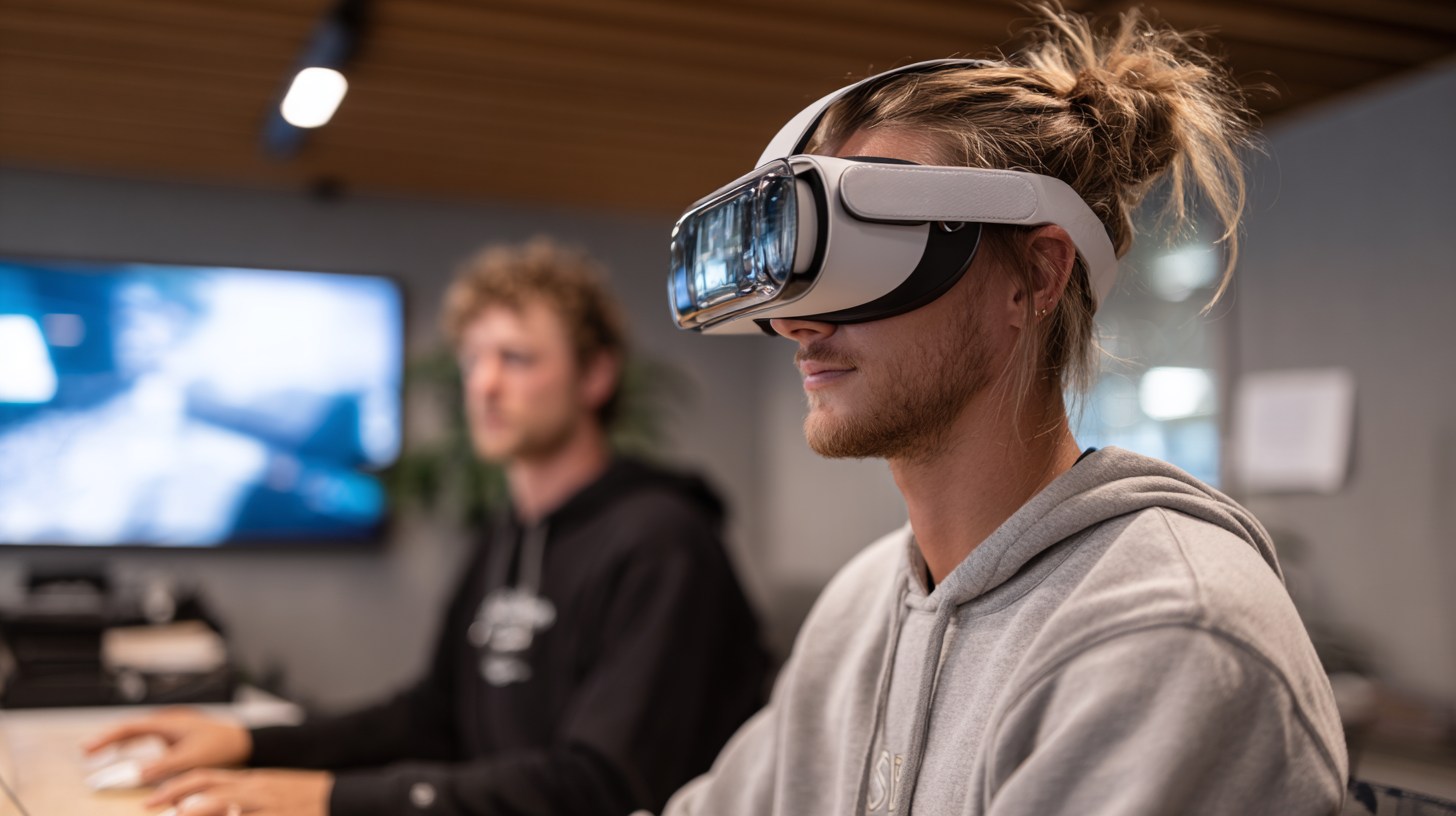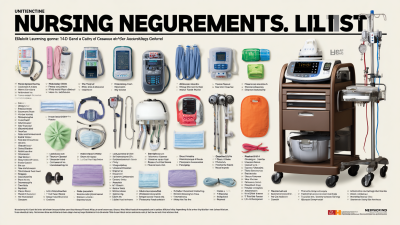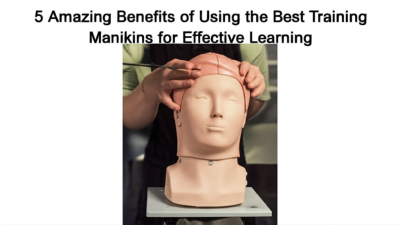In today's rapidly evolving job market, the need for effective workforce development strategies has never been more critical. VR Training Platforms are at the forefront of this transformation, offering immersive, hands-on training experiences that enhance skill acquisition and retention. According to a report by PwC, employees trained using virtual reality performed 275% better than those who learned in traditional classroom settings. Additionally, Global Market Insights predicts that the VR training market will surpass $6 billion by 2026, underscoring the growing recognition of its potential to address skills gaps in various industries. As organizations seek innovative solutions to prepare their workforce for future challenges, VR Training Platforms are poised to revolutionize how skills are developed and applied in real-world scenarios.

Virtual reality (VR) technology is emerging as a crucial tool in workforce development, transforming how individuals acquire skills for various professions. Recent initiatives highlight VR's potential to prepare diverse groups for the job market. For example, the Cornell NanoScale Science and Technology Facility has introduced a free VR module aimed at youth outreach, focusing on building the microchip workforce. This signals a commitment to educating the next generation through innovative, immersive experiences that can boost engagement and retention.
Additionally, various organizations are utilizing VR programs to address unique workforce challenges. York County Prison is employing VR to aid rehabilitation efforts by reducing recidivism and bridging the digital divide among incarcerated individuals. In another notable instance, an EdTech division is leveraging VR and artificial intelligence to reshape both education and workforce training. These developments underscore the growing importance of VR technology in creating more inclusive, effective skill acquisition pathways tailored to meet the evolving demands of the job market.
| Skill Area | Traditional Training Duration (Hours) | VR Training Duration (Hours) | Skill Retention Rate (%) | Employee Satisfaction Rate (%) |
|---|---|---|---|---|
| Customer Service | 40 | 20 | 85 | 90 |
| Safety Procedures | 60 | 25 | 90 | 92 |
| Technical Skills | 80 | 30 | 88 | 85 |
| Management Training | 50 | 22 | 82 | 88 |
| Software Development | 100 | 40 | 85 | 87 |
As virtual reality (VR) continues to transform various sectors, it is essential to identify the key skills that VR training applications can enhance. Skills such as problem-solving, critical thinking, teamwork, and decision-making are paramount in today’s workforce. VR training provides immersive environments where learners can tackle real-world challenges, allowing them to practice and refine these skills safely and effectively. For instance, scenarios designed for healthcare professionals can simulate high-pressure situations, enabling trainees to hone their decision-making abilities under stress.
Tips for Implementing VR Training for Skill Acquisition:
By focusing on these crucial competencies, organizations can leverage VR training platforms to build a more skilled and adaptable workforce.
Virtual reality (VR) training programs are transforming skill acquisition across various industries, making them more inclusive and effective. By incorporating immersive technologies, businesses can design training programs that cater to the unique learning needs of diverse employee groups, including neurodiverse individuals. For instance, VR can help support autistic employees by bridging the double empathy gap, creating training simulations that foster understanding and collaboration between neurodiverse and neurotypical coworkers.
Tips for designing effective VR training programs:
As industries like construction and hospitality increasingly adopt VR for training purposes, it is essential to prioritize ethical practices and inclusivity in design. By leveraging VR's capabilities, organizations can create immersive training environments that not only improve skill acquisition but also promote a culture of diversity and understanding in the workplace.
Virtual reality (VR) training platforms are increasingly being adopted across various industries as a powerful tool for skill acquisition and retention. Recent studies highlight the effectiveness of VR in enhancing procedural skills and knowledge retention among learners. For instance, immersive technologies in medical education, such as VR-based training for abdominal examinations, have shown significant improvements in engagement and learning outcomes for students. This approach not only provides a hands-on experience but also allows learners to repeat procedures in a safe environment, thus solidifying their skills.
Moreover, VR training has been effective in sectors like dental education, where it addresses the shortcomings of traditional preclinical training in developing essential skills. By allowing dental students to practice tooth preparation in a virtual setting, VR bridges the gap between theoretical knowledge and practical application. Additionally, research exploring individual learning differences in VR contexts has revealed valuable insights into optimizing training outcomes. As organizations continue to integrate VR into their training programs, the potential for enhanced skill acquisition and retention remains promising, paving the way for a more effective workforce development strategy.

The integration of Virtual Reality (VR) training with traditional learning methods is transforming workforce development by providing immersive, engaging, and effective training experiences. According to a report by PwC, employees in VR training environments learn four times faster than in classroom settings. This significant improvement is attributable to the interactive nature of VR, which allows learners to practice skills in simulated environments that mimic real-life scenarios. By combining the hands-on experience of VR with traditional lectures and discussions, organizations can deepen understanding and retention of complex concepts.
Moreover, the blending of VR with conventional training methods caters to various learning styles, thereby accommodating a diverse workforce. A study from the International Journal of Advanced Corporate Learning found that 78% of employees expressed a preference for a mix of VR and traditional training formats, citing enhanced engagement and motivation. This holistic approach not only improves individual performance but also fosters collaboration and teamwork by allowing learners to engage in group simulations. As industries adapt to evolving workforce needs, the convergence of VR training and traditional education represents a vital step toward more effective skill acquisition and employee development.







